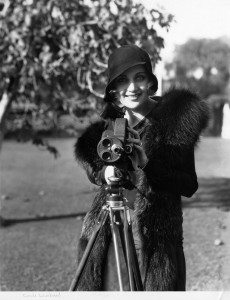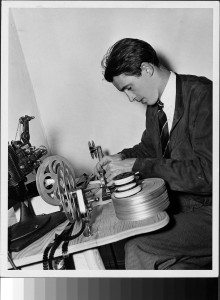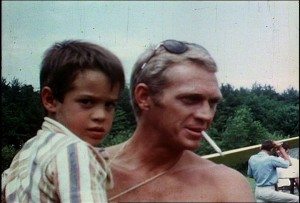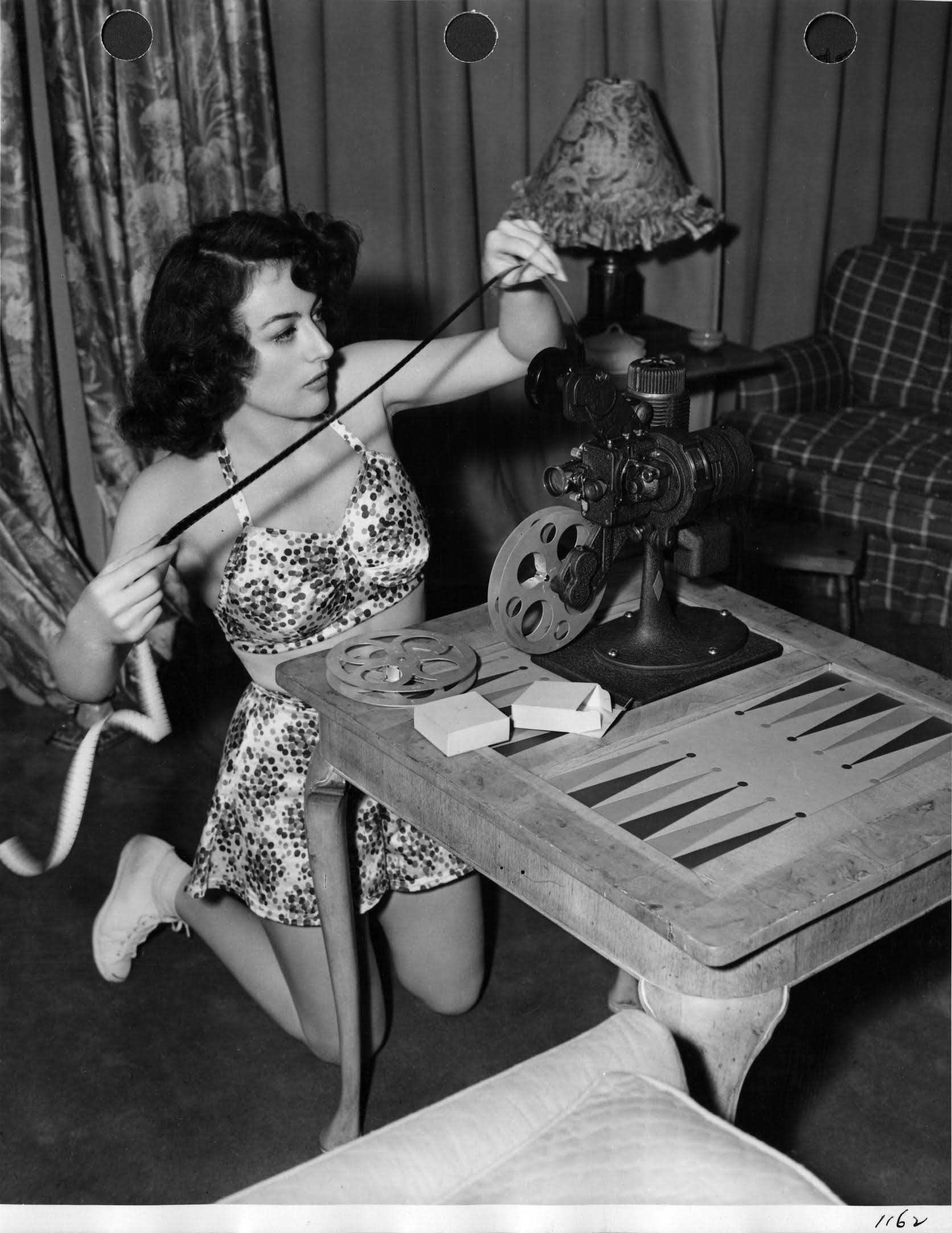by David Templeton
When you watch Joan Crawford running around in her backyard,” suggests Randy Haberkamp, of the Academy of Motion Pictures Arts & Sciences, in Los Angeles, “or you see Alfred Hitchcock playing with his dog or riding his bike, or you get to see Marlene Dietrich on vacation—looking just as glamorous as she does in the movies—it lets us see them as human beings in ways the movies don’t actually show us, and can’t show us.”
In other words, though Hollywood movies may not show us real authentic, unrehearsed, unscripted life—to a degree, the home movies of Hollywood’s greatest stars can and do.

Haberkamp is managing director of the Academy’s Preservation and Foundation Programs, speaking with me today alongside Lynne Kirste, who serves as the Special Collections Curator for the Academy’s little-known film archive. Within the archive—considered one the top five best archives of its kind in the United States—the Academy collects, stores and preserves thousands of films, shorts, documentaries, clips, snippets and oddities, from beloved classic movies to bits-and-pieces of film history that have been orphaned or lost.
“One of the things we’re especially proud of,” Haberkamp says, “is our home movie collection. In these old home movies—some donated by the stars’ estates, some acquired by purchases we make, some actually found on eBay—these famous people suddenly become real. They are seen as more than just shadows moving through the glamorous world that we’ve known them in. Most people don’t even know this collection exists, so when we get to present them publicly, it’s an opportunity for people to experience first-hand that the Academy is more than just the Oscars.”
This weekend, Haberkamp and Kirste will be appearing at the Christopher B. Smith Rafael Film Center, presenting some of the best examples from the Academy’s home movie collection. The clips will be described and introduced by Haberkamp and Kirste, and silent-movie-style music will be played live by pianist Michael Mortilla, who will stick around to accompany Sunday afternoon’s rare public screening of Mary Pickford’s newly-restored 1925 silent classic Little Andy Rooney, also presented by Haberkamp as an example of work by Pickford, who in the ’20s was producing and starring in her own movies, running her own studio and controlling the content and distribution of her films at a time when many people believed women were supposed to be home raising their kids.

Both of this weekend’s programs are significant, Haberkamp points out, because they take us back in time to a period when the art of movie-making was just beginning, and the people who made the films were building a new art form essentially from scratch.
“Sometimes,” Haberkamp says of the home movie collection, “in addition to seeing the stars in their homes or out on the road, you get to see them behind-the-scenes of Hollywood, on the set of movies from 50, 60, 70 years ago. It lets us see how movies were made way back when, and what they were like when they weren’t acting.”
“We currently have around 3,000 reels of home movies in our collection,” Kirste says, “about half of which came to us through the families of people involved in the motion picture industry. It’s kind of like having a time machine, watching these films, getting a chance to go back in time and see moving images of people going through their lives. The program we present at our public programs, like the one we’re doing this weekend, will be especially interesting to anyone who’s a fan of old Hollywood.”
In Saturday’s program, for example, Kirste says she’ll be screening clips donated by a friend of silent movie actress Esther Ralston, including one significant piece of forgotten history.
“There’s actually behind-the-scenes footage of her making a movie in 1928 with Gary Cooper,” Kirste says. “The movie they were making, Half a Bride, is a lost film. No known copies exist. So it’s pretty amazing to be able to get a glimpse of what this lost film was about, as we see them working together to film it. Plus, it’s pretty interesting to see what Gary Cooper looked like in the ’20s. He’s got lipstick on, like they used to do in silent films.”
Though Ralston is barely remembered today, she was once a big star, nicknamed “The American Venus” by Flo Ziegfeld. The archive’s footage includes shots of Ralston and Cooper on a San Francisco publicity tour for Half a Bride, footage Kirste guesses Bay Area audiences will find fascinating.

“It’s pretty wild,” she says. “We get to see them visiting Golden Gate Park and looking at the bison. They visit a few different locations in San Francisco. It’s interesting to see what the area looked like back in the day.”
Another element of the behind-the-scenes footage Kirste and Haberkamp will be showing is that much of it is in color at a time when the stars were making primarily black-and-white movies.
“We’re going to show some footage of the making of the movie Heidi, with Shirley Temple,” Kirste says. “The movie was made in 1937, and the feature film was black-and-white, but the behind-the-scenes footage is in color, so if you’ve seen the classic film, it’s really fun to see what those locations really looked like in color.

“And to see Shirley Temple on the set, fooling around and having a good time, getting head-butted by a goat and just laughing and laughing—that just gives us a feeling for what Shirley Temple was like in real life. When you’re used to seeing someone as a character on screen, then you get to see them as a real person, it’s a very interesting and powerful experience.”
NOW PLAYING
Hollywood Home Movies takes place Saturday, Jan. 17, 7:15pm. Little Andy Rooney screens Sunday, Jan. 18, at 4:15pm at the Christopher B. Smith Rafael Film Center, 1118 Fourth St., in San Rafael. All seats $12. www.rafaelfilm.org.








